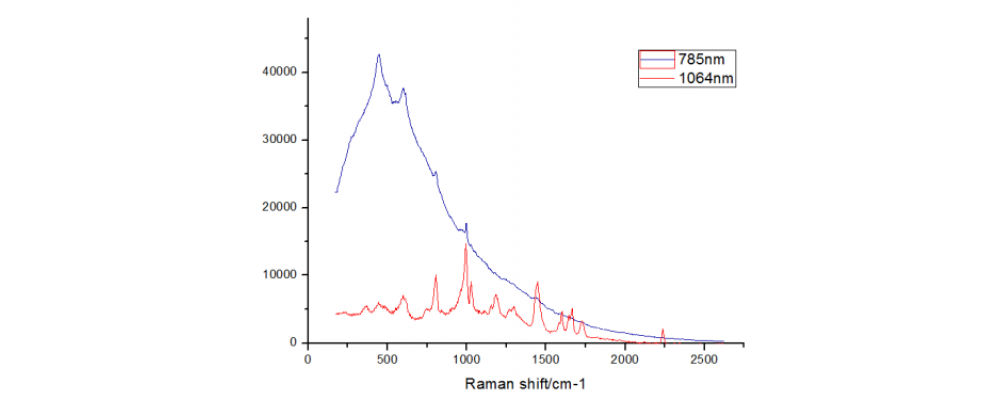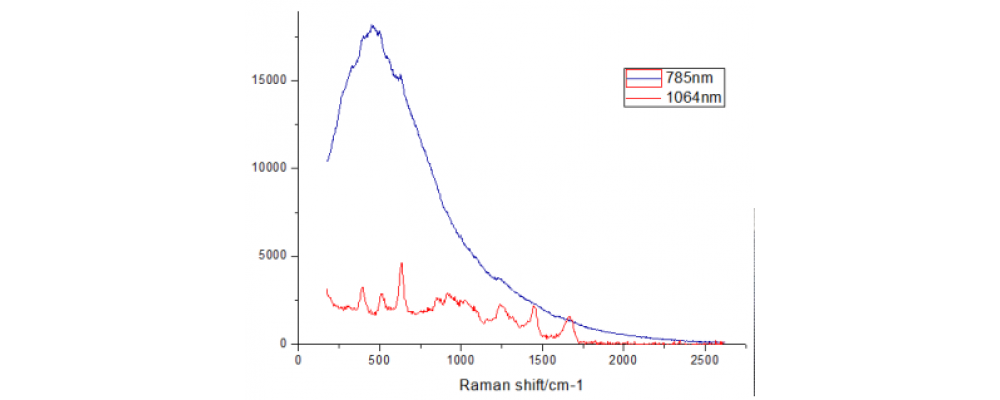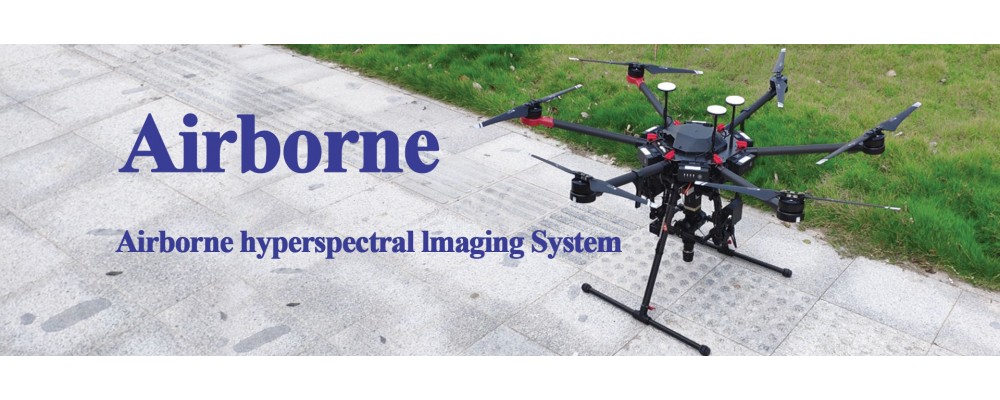How to detect heparin by handheld Raman spectroscopy?
Good news! Handheld spectrometer, which is poducted by Optosky, successfully detected heparin. On October 29, 2019, Brazil tested the heparin signal using Optosky's portable spectrometer. Prior to this, heparin could not be tested using the Truscan and NanoRam instruments. This is a huge success for Optosky's handheld spectrometer.
Where is the handheld Raman spectrometer applied?
Handheld Raman analyzer system can be applied to many aspects such as material identification, biochemical analysis, food and drug testing, environmental monitoring, dangerous goods testing, and jewelry analysis and analysis.
The Raman probe is a phenomenon in which when a strong monochromatic light illuminates a transparent substance, the frequency is changed by scattering by the substance molecules, and the frequency is determined by the characteristics of the scattering substance. Raman spectroscopy is the result of the superposition of the vibrational energy or rotational energy of a molecule and the photon energy when an incident photon collides with a molecule. Raman spectroscopy can be used to transfer the molecular energy spectrum in the infrared region to the visible region for observation. Therefore, Raman spectroscopy, as a supplement to infrared spectroscopy, is a powerful weapon for studying molecular structure.
In recent years, the rapid development of laser measure has brought about a great change in Raman spectroscopy. The modular spectrometer is moving from large Raman spectroscopy to portable Raman spectroscopy, from large laboratories to civilian and commercial.
The following are several application examples for Raman spectrometers:
What new Raman spectrometers did Optosky introduce?
Because the Raman laser and the fluorescence band are similar, it is difficult to effectively eliminate it. The conventional visible light, 785 nm laser Raman spectrometer is easily interfered by high fluorescence, which has certain obstacles for rapid.
The new ATR3110-1064nm high-sensitivity portable Raman spectrometer from IOptosky can circumvent most of the fluorescence interference to more accurately identify test samples.
Why use FBG sensors in military and aerospace fields in various countries
The fiber Bragg grating sensor has only one fiber, and the sensitive component (grating) is fabricated in the core. From the advantages of small size and light weight, almost no other sensor can be compared. Therefore, the military and aerospace industries attach great importance to fiber grating sensing technology. Only Boeing has registered several patents for fiber grating sensors.

-1000x400.jpg)
-1000x400.jpg)
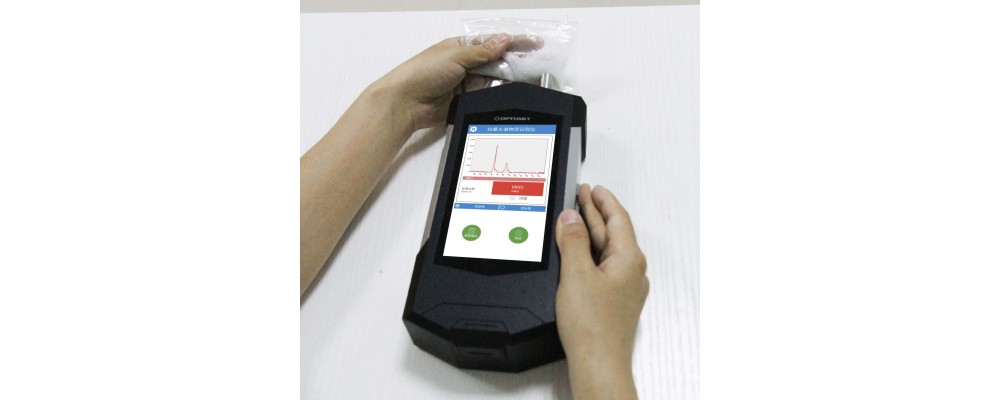
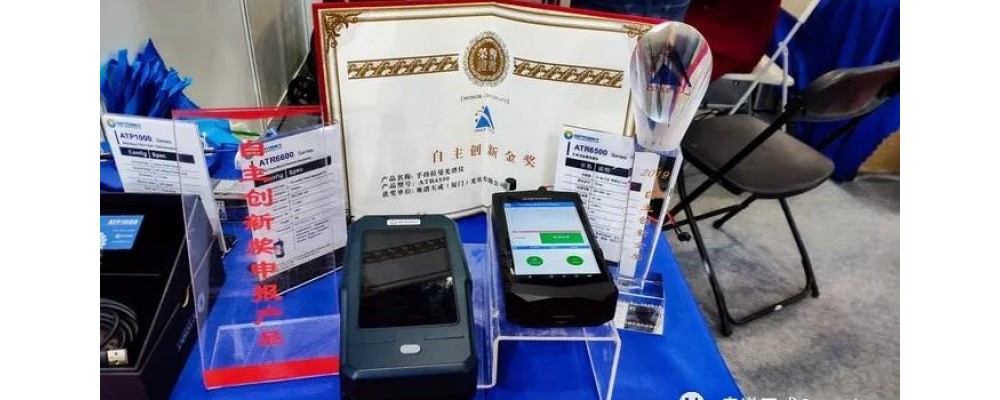
KN~Q]6{3[XSZ{R15FT-1000x400.png)
